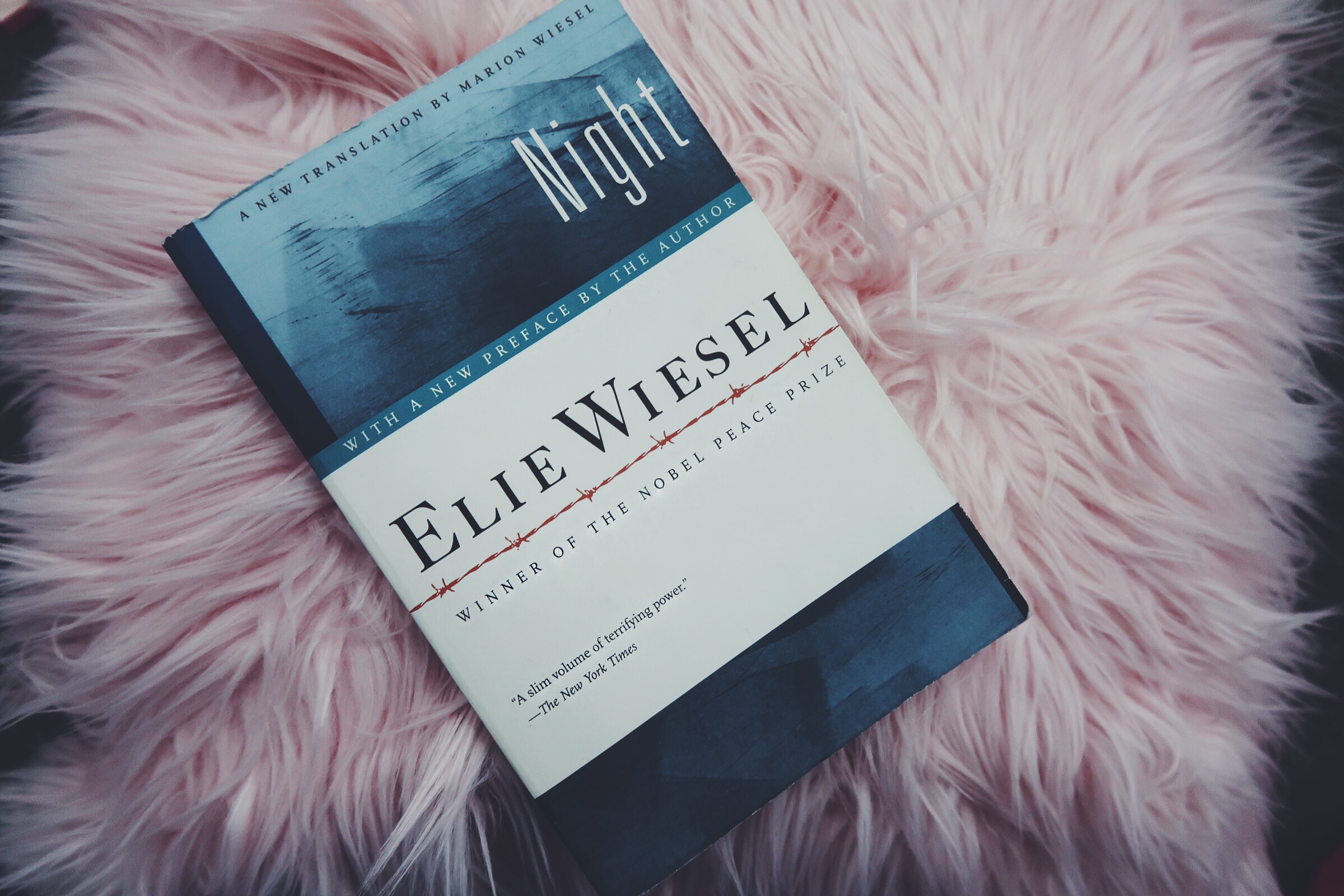Blackout poetry seems like some kind of poetry that is without guidelines, but it isn’t so. From a number of sources including a piece by Havard, we have come to draw at least three rules of thumb all blackout poetry poets must observe. They are:
- Put chosen words in a box
- Use what you have
- Your result should be poetic
Elaborately:
Put chosen words in a box
You are not unaware of the fact that in creating or making a blackout poem, we shade off some parts (the unnecessary) and leave some others (the necessary).
This act has to be done by demarcating the words you think best convey your intended idea. You don’t always have to do this separately, it comes into effect when you properly shade or cross out other portions of the original work.
You may want to ask the rationale for this. It is not far-fetched; the first blackout poem to be discovered observed it, and it stands as a blueprint for all other blackout poetry works.
In a nutshell, shade some parts and leave others.
Given this as a rule of thumb, it is equally important to ensure that only the words you put in boxes are visible.
Use what you have
“Make your final decision and blackout the rest of the poem”, Arapahoe Libraries would be quoted as saying.
By using what you have, we mean to say that sources, some quite implicitly—tho, always encourage the use of only what one has access to in a chosen text.
Whatever text (hard or soft copy) you choose should be your only source when you’re making a blackout poem.
This rule is against borrowing some words from external materials to add to what you’re able to get from a given text, one reason poets are advised to also make determiners and morphemes when necessary from longer words.
I.e. when you feel the need to use the letter ‘an’, you don’t have to worry yourself because it is not in your text as a word; you can improvise by shading out st and d from stand, for instance. This leaves you with your desired word.
But we cannot overlook the fact that you’ll not always get every word you need regardless of how much you try to improvise, so what does ProfAGE have to say about this? Embrace it.
You’ll have to embrace whatever you can make out of a text because adding words from external sources can nullify the ideal effectiveness of the poetry type in putting your creativity in check.
Your result should be poetic
According to Writer’s Digest, the visible text should make a sort of visual poem.
With the assumption that you already know what it takes for a work to be poetic, it is important to work towards the poeticness of your select words.
So, while blacking out a text, poets must also always remember the ‘poetry’ aspect of the activity.
There will be no use in doing blackout poetry if your result is not poetic. Or perhaps, you’ll have ended up with a blackout prose or something. Smiles.
What also seems like rules of blackout poetry
There are several other guidelines around the course of blackout poetry, some of them include:
- Select words that should work around your theme.
Poets going for blackout poetry should not misuse the privilege of having tons of words. They must put their work in check and ensure that it works within the context of the theme of their work.
- Your words should be meaningful and coherent when brought together.
That you’re not allowed to pick from the hundreds of thousands of vocabularies in your head doesn’t guarantee you to write off-key. Your wording should be coherent.
Step-by-step guide on doing blackout poetry
- Get a piece of writing (printed or unprinted)
- Go through it (entirely or not)
- Put your selected words in a box
- Shade the other parts with a black marker (some people also use other colors now)
- Your poem is ready.
You can decide to write out the visible words somewhere else or leave them on the page of the original work, this doesn’t matter so much.
A typical example of a blackout poetry
The image below shows the result someone got after following the steps above. It is a typical example for you.
Credit: ProfAGE doesn’t own this.
The poem goes:
People
follow
trouble
The reason
remains difficult
to
Discover
Though succinct, this poem is not just poetic but also arguably philosophical.
Why blackout poetry?
Of all the various kinds of poetry, there are a few reasons a person may or should settle for blackout poetry.
One, because it can go a long way in helping you put something down when you experience writer’s block.
Two, it saves time— since one wouldn’t have to begin to think outside the box.
Lastly, on this list, blackout poetry can guide you to write only within a context, thereby helping you not to digress from your intended theme.
To learn more about this, you can read our article on the advantages of blackout poetry.
Commonly Asked Questions
People also ask:
What is blackout poetry?
Blackout poetry is a type of found poetry where some portions of a written work are crossed out or drawn over so that a select few words are left to make a new idea intended to be poetic.
We have earlier written elaborately on the definition of blackout poetry. Check it out.
Who invented blackout poetry?
Texas poet Austin Kleon reportedly invented blackout poetry. The first blackout poem seems to have been discovered sometime in 1922 by Carroll. It was a work of Austin.
The question of who invented blackout poetry is still subject to debate. Check out Twinkl’s article on the topic.
Share


